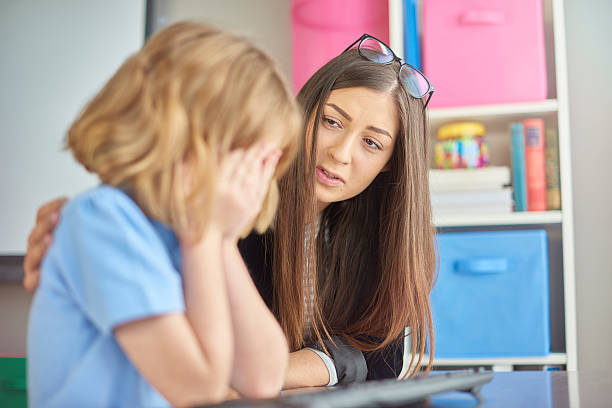
In any learning environment, students bring more than just their academic challenges, they bring their emotions, experiences, and personal struggles. As educators and tutors, it’s important to recognise when a student is upset or sad and respond with empathy and understanding.
Not all students openly express their emotions. Some may become withdrawn, less engaged, or struggle with tasks they’d usually complete with ease. Others might show frustration, impatience, or even resist participating. Noticing these subtle shifts is the first step in providing support. A student who feels emotionally safe is more likely to open up. Small gestures, like offering a quiet moment before starting the lesson or asking how their day is going, can make a big difference. If they do share, listen without interrupting or rushing to solve their problem. Sometimes, they just need to be heard.
If a student is struggling emotionally, pushing too hard academically may backfire. Adjusting the session’s pace or incorporating a more relaxed, low-pressure activity can help them regain focus. A short break, breathing exercises, or even discussing an unrelated topic can help reset their mindset. While it’s important to be compassionate, it’s equally crucial to help students develop coping skills. Encouraging self-reflection, problem-solving, or even discussing strategies for managing stress can equip them with tools for future challenges.
Ultimately, showing kindness and patience can make a lasting impact. Even if you can’t solve their problem, knowing they have support can help students feel valued and understood.
Allegra Pezzullo

